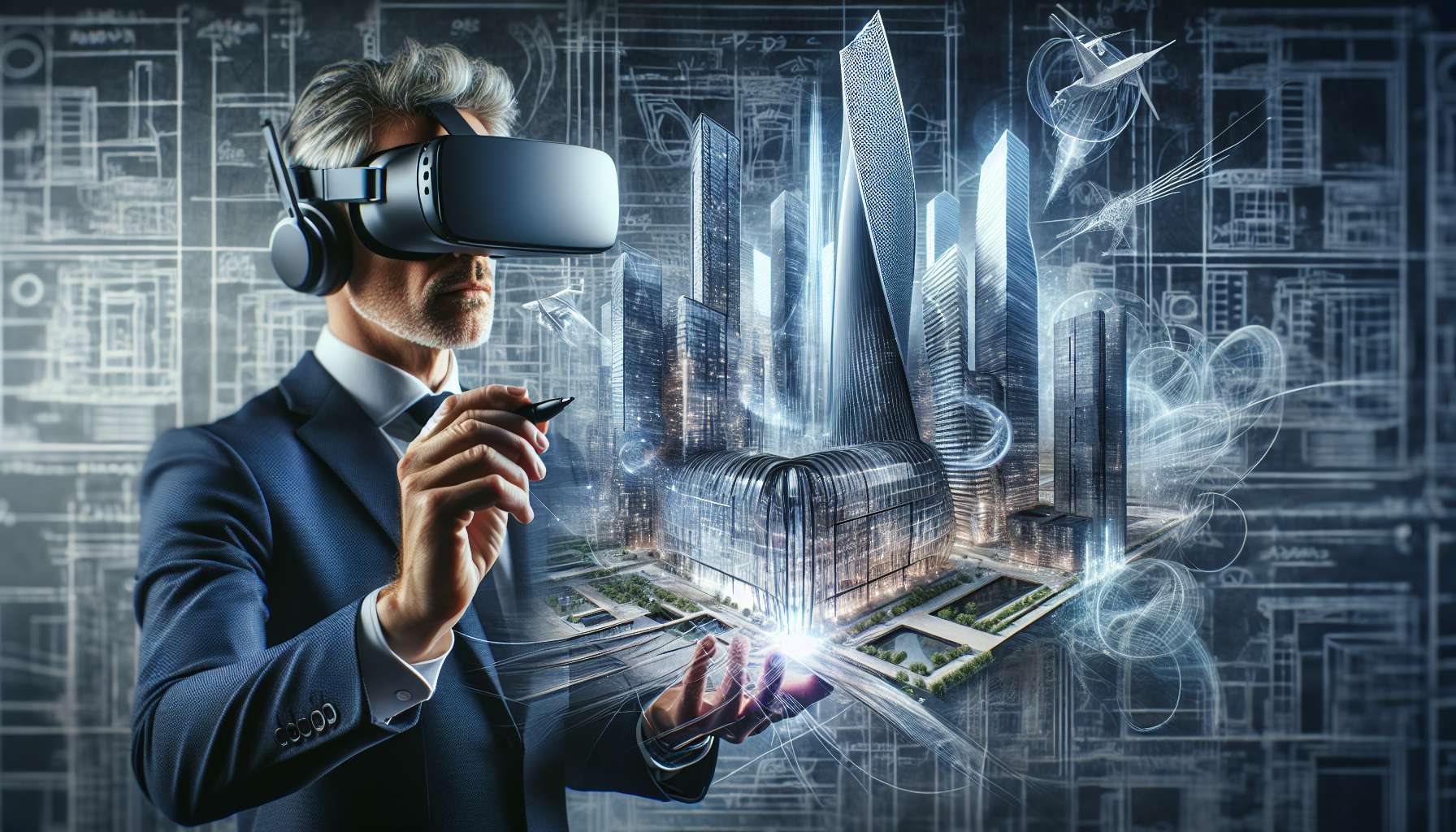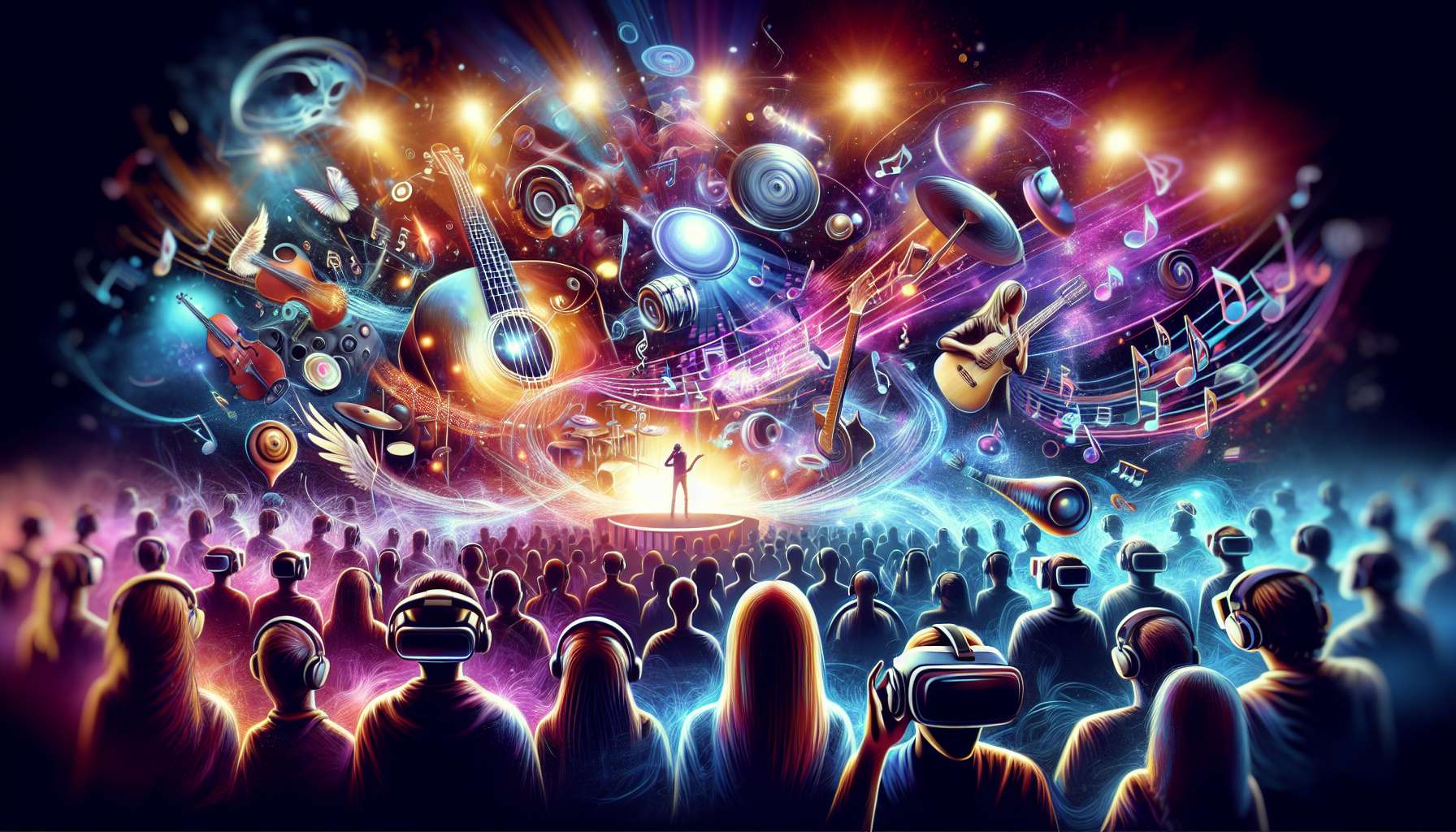Virtual reality (VR) technology has been revolutionizing various industries, and one area where its impact is particularly profound is architecture visualization. Architects and designers are increasingly turning to VR to transform the way they conceptualize, design, and present their projects.
One of the key advantages of using VR in architecture is the ability to create immersive and interactive experiences. By putting on a VR headset, architects can step into their designs and explore them in a way that was previously not possible. This immersive experience allows architects to gain a better understanding of spatial relationships, scale, and design elements, leading to more informed decision-making.
Moreover, VR enables architects to showcase their designs to clients in a more engaging and compelling manner. Instead of presenting 2D drawings or static 3D models, architects can now offer clients a virtual tour of the proposed space. Clients can walk through the virtual environment, experiencing the design firsthand and providing feedback in real-time. This not only enhances communication between architects and clients but also helps clients better visualize the final outcome.
In addition to design visualization, VR is also being used in the architectural planning and development stages. Architects can use VR to simulate different lighting conditions, material finishes, and even environmental factors such as wind and sunlight. By experiencing these elements in a virtual environment, architects can make more informed decisions about design choices and ensure that the final building meets the desired aesthetic and functional requirements.
Furthermore, VR technology is enabling architects to collaborate more effectively with other stakeholders involved in the project. By creating a shared virtual environment, architects, engineers, and clients can work together in real-time, regardless of their physical location. This level of collaboration not only streamlines the design process but also helps identify potential issues early on, ultimately leading to cost savings and improved project outcomes.
In conclusion, virtual reality is transforming the field of architecture visualization by offering architects new tools to create, communicate, and refine their designs. As VR technology continues to advance, we can expect to see even more innovative applications that will further enhance the architectural design process. The future of architecture is indeed looking more immersive and interactive, thanks to the transformative power of virtual reality.








